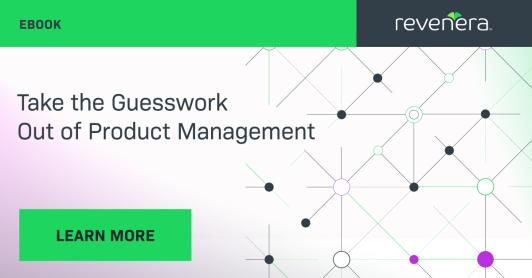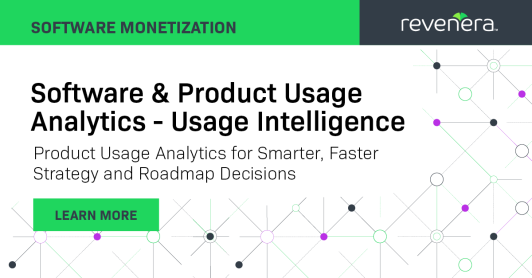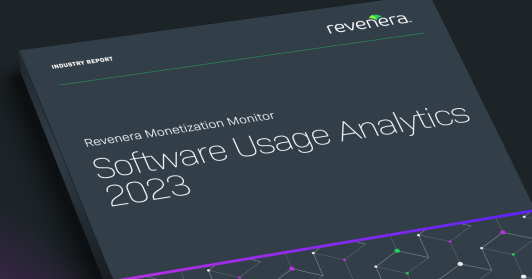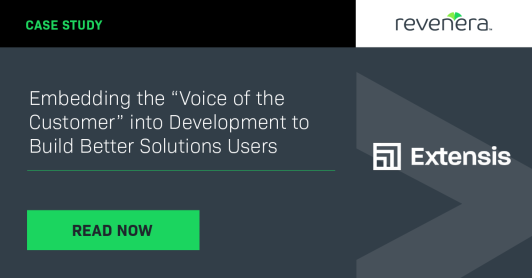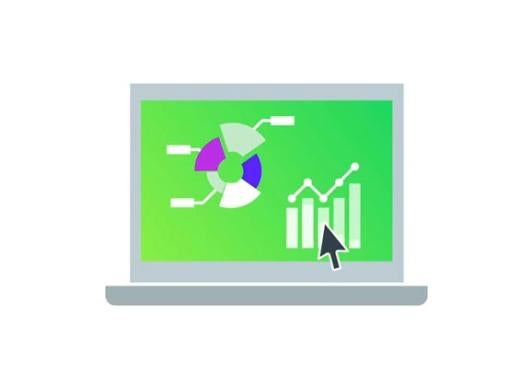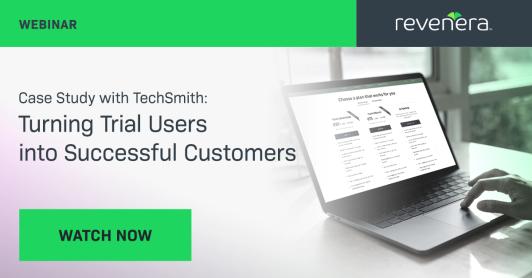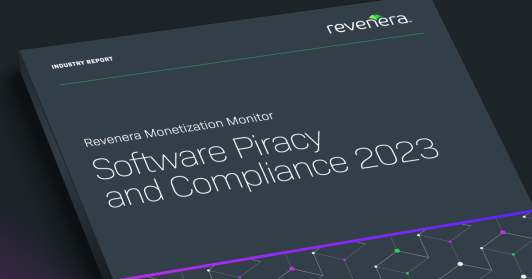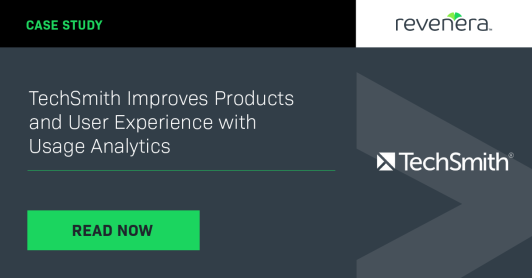SOFTWARE MONETIZATION PRODUCTS
Software & Product Usage Analytics - Usage Intelligence
Product Usage Analytics for Smarter, Faster Strategy and Roadmap Decisions
Whether defining new features or optimizing your existing product functionality, Usage Intelligence (formerly Revulytics) helps you make better decisions. Collect and analyze actual product usage metrics to understand user engagement and interaction with your software, analyze your install base and build a data-driven strategy for roadmaps, packaging, pricing and sunsetting decisions.
Enabling analytics in your software applications doesn’t just provide a better foundation for Product Management decisions. Technical and environment data gives insights for Development teams trying to plan for infrastructure and support requirements. Marketing teams can leverage usage analytics to run more engaging campaigns. C-level executives can benefit from dashboard metrics that visualize the overall health of their product lines.
Usage Intelligence, the first software usage analytics solution designed for distributed C/C++, .NET, Obj-C and native Java applications on Windows, Macintosh, and Linux, provides deep insight into application usage. See which features are used most and least. Advanced reporting lets you filter by properties including region, version, OS platform, and architecture to focus your roadmap development.
Native in-app messaging lets you communicate directly with users. Send the right message to the right user at the right time with contextually relevant messages sent to specific user segments based on rules you define (such as feature usage, geographic profiles, software version or license status). Announce new features and offers, provide ‘how to’ tips, or notify customers of upgrade opportunities.
Stop guessing, start knowing. Better software and customer engagement begins with better user data.
Stop Guessing. Start Knowing.
See how Usage Intelligence can enable data-driven strategies for roadmaps, packaging, pricing and sunsetting decisions.
WHAT IT CAN DO
Build Better Products with Usage Intelligence:
- Understand your user base by product and environment distributions
- Evaluate churn and analyze typical profiles as well as root causes
- Identify most popular and underutilized features
- Visualize user journeys through your common application workflows, or discover unique usage paths
- Run ad hoc custom reports and segment analysis based on user attributes and custom properties
- Reach users with fully targeted, event driven, direct-to-desktop in-application messaging
Make Informed Software Product Roadmap, Sales, and Marketing Decisions
- Make data-driven product roadmap decisions that speed up time to market, and reduce guesswork
- Evaluate the impact of making end of life decisions on features and functionality within your application based on number of users impacted.
- Increase value to customers by focusing development efforts on your highest value, user engaging features and functionality
- Identify broken workflows or opportunities to increase efficiency of users’ interactions with your product based on how they navigate from one step to another.
- Increase retention rates by identifying key drivers of abandonment and removing them from your application.
- Use ReachOut in-application messaging to and convert trial leads to paid, prompt users to upgrade to latest versions, and send any targeted messages to segments of users contextually in your product.
With Usage Intelligence, we can set team goals around specific usage metrics, galvanizing people from marketing, support, documentation and development to work together on hitting our targets. Usage Intelligence helps us drive coordinated effort on the customer’s behalf.
Daniel Foster Strategy Lead, TechSmith
5 Quick Wins with Revenera Usage Intelligence
A 30-day free trial can empower you with game-changing product usage analytics that provide immediate value. See how >>>
SOLUTION OVERVIEW
Event Tracking and Feature Usage
- Determine the features that create lock-in and retention of users
- Decide when to end-of-life a feature or product functionality
- Understand user behavior variations between trial to paid versions
- Surface features and functionality that has yet to be adopted by end users to promote engagement
User Flow Analysis
- Understand the first and last interactions users have in your application by session
- Drill down into specific path data and see how they end
- Optimize UI/UX in common paths/reduced hurdles for users
- Identify broken user flows, or variations from predicted paths
In-application Messaging
- Increase product and feature adoption
- Up-sell and cross-sell products with targeted offers
- Prompt users running on older versions of your application to the latest and greatest version
- Collect in-line customer feedback when users are most engaged with your product
- Promote company events and news happening outside your software
Product and User Metrics
- Discover what hardware environments customers are most commonly running
- Visualize global usage patterns of your software with geo specific data
- Track and report on exceptions
- Collect custom user data for advanced analysis
- Utilizes reporting APIs for third party integrations
